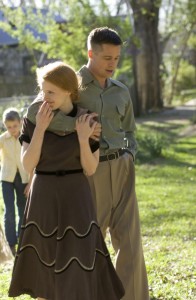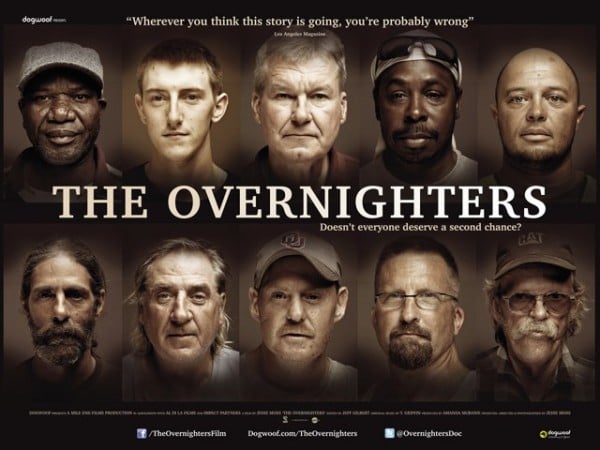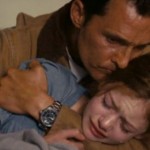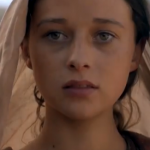 If the nominees for Academy Awards are any indication, Hollywood is collectively going through a process of self-examination and doubt. The turmoil in the industry – falling ticket sales, new methods of distribution and subsequent rise of small films and heretofore unknown artists – have everyone in town questioning its future and their personal role in whatever new normal will settle out to be. To this insecurity I attribute the creation of and reaction to films like “The Artist,” “Hugo” and “My Week with Marilyn,” as individuals like Martin Scorsese and Michel Hazanavicius grapple to great effect with their bedrock love of their art and their reason for being in such an industry.
If the nominees for Academy Awards are any indication, Hollywood is collectively going through a process of self-examination and doubt. The turmoil in the industry – falling ticket sales, new methods of distribution and subsequent rise of small films and heretofore unknown artists – have everyone in town questioning its future and their personal role in whatever new normal will settle out to be. To this insecurity I attribute the creation of and reaction to films like “The Artist,” “Hugo” and “My Week with Marilyn,” as individuals like Martin Scorsese and Michel Hazanavicius grapple to great effect with their bedrock love of their art and their reason for being in such an industry.
However, the film that should win Best Picture, “The Tree of Life,” is the only movie in this brave new world that does what the others don’t: Make the argument for cinematic greatness by creating a movie that can only be a movie and must be seen on the big screen.
As we go down the list of the nine Best Picture nominees, we find eight works that could (or were) be a book or a play. “Hugo,” “Extremely Loud & Incredibly Close,” “The Help,” “The Descendants,” and “Moneyball” started life as books. “War Horse” is an adaptation of a novel turned into a Broadway play.
Only “The Artist” and “Midnight in Paris” have original screenplays, both written, interestingly, by their directors, Michel Hazanavicius and Woody Allen, respectively. It is not hard to imagine either as an imaginatively staged play. In fact, the emphasis on acting and character development might mean they would be highly enjoyable as plays. “The Tree of Life” has an original screenplay as well, words that each carry the weight of cosmic meaning as they’re whispered.
Like “The Help” and “The Descendants,” it features fine acting and exquisite character development, particularly by Brad Pitt as the World War II era father, a man universal yet grounded in time. As others before me have commented, he embodies a generation we knew well and gives a tremendously human performance.
Like “Moneyball” and “The Artist,” it has story, in this case, in the history of one boy’s family of origin. This human story, like all our stories, is engulfed and somehow enhanced by the much larger esoteric story around it: the story of creation, universe, life and death on a cosmic scale.
Like “Hugo” and “War Horse,” it has beautiful images, scenes that reach past the intellect to project beauty and emotion to those places thoughts don’t touch.
Unlike the stories that were plays or books, “The Tree of Life” must be watched to be experienced. Each aspect of it is integral to the whole. The cinematography would not be as effective without the score. The acting would not so effectively move hearts without the excellent recreation of the 1950s setting. The costumes are authentic, the lighting luminescent. Each word in the script is important, almost every frame in the film revelatory.
Without the nebulae writhing in a vast universe, the butterfly alighting on Jessica Chastain would not carry such weight.
It could never be boiled down to a play or expressed in a book. The cinematography has too much meaning for that.
It’s not only a movie that must be a movie, but one that must be seen in a theater. And not only in a theater, but in the bigger and better ones. One needs good sound and great image projection to envelop one for the experience.
In other words, “The Tree of Life” makes the argument for the relevance of cinema and art that “Hugo” and “The Artist,” by looking backwards, try to make.
Movies matter. Movies have something to say that can only be said on a big screen.
And that’s why “The Tree of Life” should win the Oscar for Best Picture.
My friend and Washington DC actor Todd Scofield (The Wire) gave me the original idea for this blog post. Y’all should totally hire him for movies, TV shows, and plays.
My review of “The Tree of Life” is here.












